

| Ten common Nottinghamshire moths by month |
| June |
| June sees the start of the peak
moth activity during the year. This continues throughout
July and for most of August, so the number of potential
species likely to be trapped is quite considerable. Trap catches start to become very large and idenitifying each species in the trap, now requires considerably more time. Potting up any unidentified moths for identification the following day is now a must do practice and remember that there are often very similar looking species. |
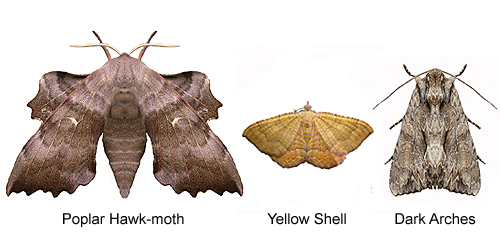 |
|
| .... | ||
| With several years
experience, moth identification does become easier, but
it is not possible to remember every species from one
year to the next. Below are ten species most likely to be recorded at MV light in Nottinghamshire during the month, followed by a small selection of other potential species regularly attracted to light and some day-flying moths. |
||
| 49.166 .... B&F 1076 .... Celypha lacunana ([Denis & Schiffermüller],
1775) |
||
| Status .....A very common and widespread moth, occurring in a range of habitat types. | ||
| .... | ||
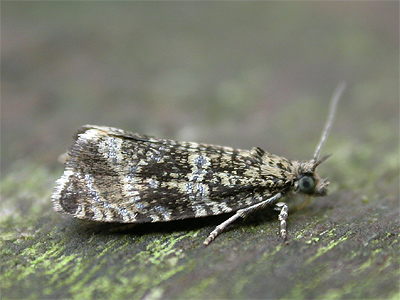 |
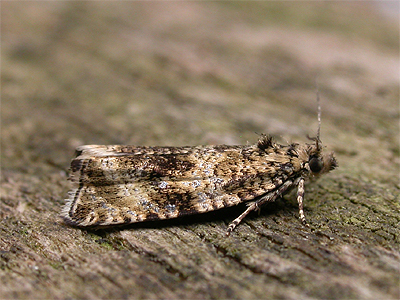 |
|
| 63.080 .... B&F 1293 .... Chrysoteuchia culmella (Linnaeus, 1758) |
||
| Status .....Very common in grassy sites all over Nottinghamshire and often common at light traps run in urban areas. | ||
| ... | ||
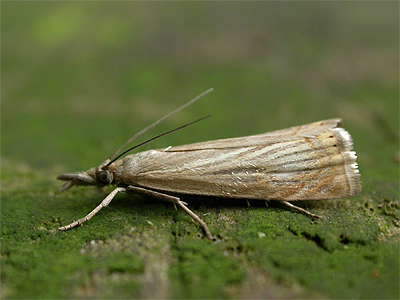 |
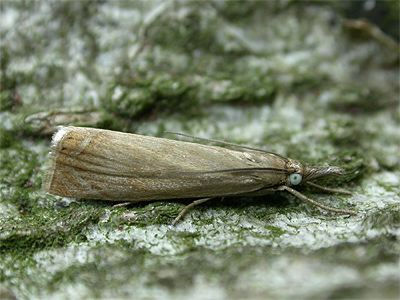 |
|
| 3.002 .... B&F 0017 .... Common Swift Korscheltellus lupulina (Linnaeus, 1758) .... Formerly known as Hepialus
lupulinus |
||
| Status .....Very common and widespread across Nottinghamshire. | ||
| ..... | ||
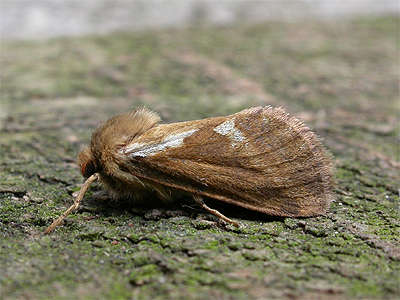 |
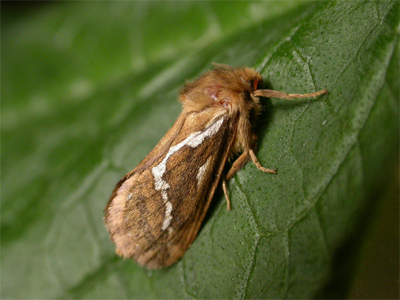 |
|
| 65.008 .... B&F 1652 .... Peach Blossom Thyatira batis (Linnaeus,
1758) |
||
| Status .....Common and widespread over much of Nottinghamshire. | ||
| ...... | ||
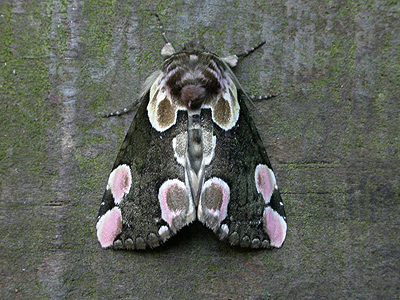 |
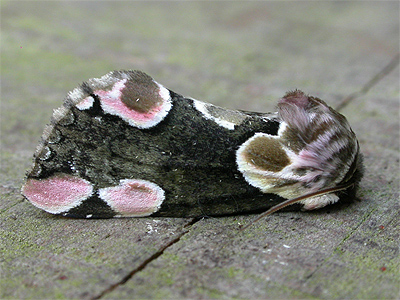 |
|
| 69.003 .... B&F 1981 .... Poplar Hawk-moth Laothoe populi (Linnaeus,
1758) |
||
| Status .....Relatively common throughout Nottinghamshire and regularly attracted to MV light. | ||
| ......... | ||
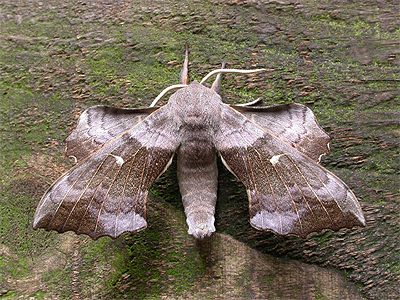 |
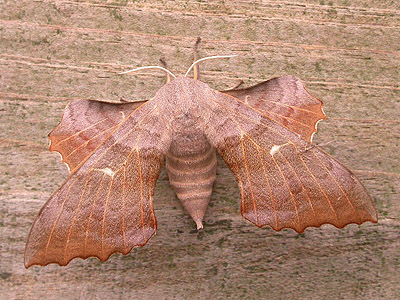 |
|
| 70.029 .... B&F 1682 .... Blood-vein Timandra comae (Schmidt, 1931) |
||
| Status .....Common and widespread in Nottinghamshire. | ||
| ..... | ||
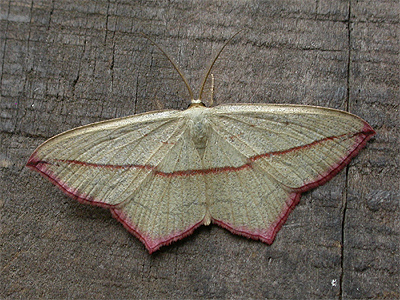 |
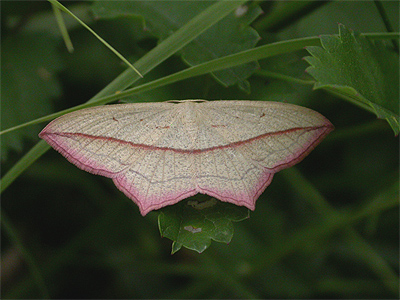 |
|
| 70.252 .... B&F 1931 .... Peppered Moth Biston betularia (Linnaeus,
1758) |
||
| Status .....Common and regularly recorded at MV light. Widespread over most of Nottinghamshire. | ||
| ... | ||
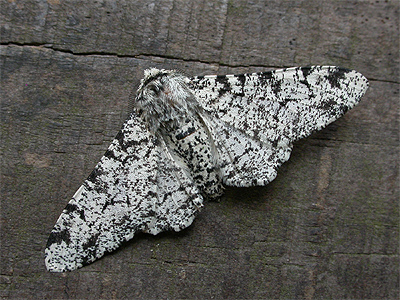 |
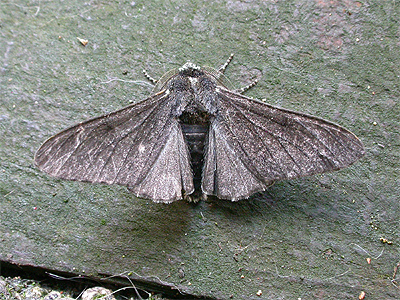 |
|
| 70.283 .... B&F 1961 .... Light Emerald Campaea margaritata (Linnaeus,
1767) |
||
| Status .....Common and widespread throughout Nottinghamshire. | ||
| .... | ||
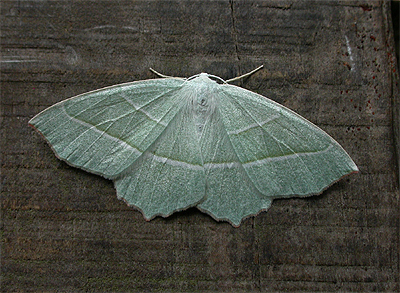 |
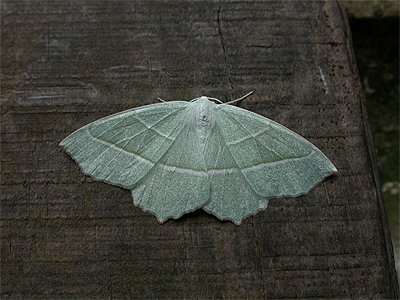 |
|
| 73.176 .... B&F 2340 .... Middle-barred Minor Oligia fasciuncula (Haworth,
1809) |
||
| Status .....Widespread and common in grassy habitats. Middle-barred Minor often shows great variation in the ground colour of the wings. | ||
| ...... | ||
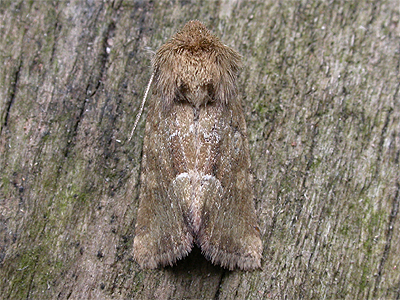 |
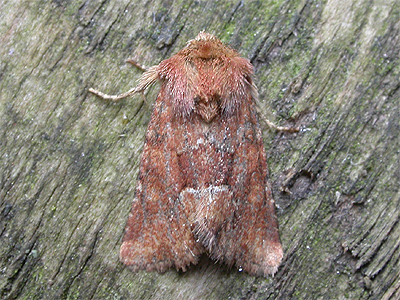 |
|
| 73.162 .... B&F 2321 .... Dark Arches Apamea monoglypha (Hufnagel,
1766) |
||
| Status .....Widespread and sometimes the commonest large moth to come to MV light. | ||
| ... | ||
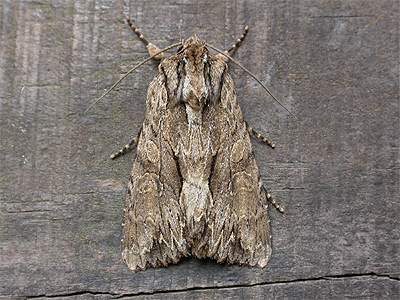 |
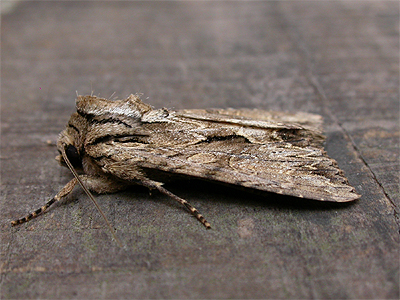 |
|
| Can't find your moth? Some other moths often recorded at MV light during June |
| .... |
| The following moths are also likely to occur during the month, although some may be more habitat specific and less likely to be recorded from suburban gardens. The number of potential species is considerably higher than the total shown here. |
| .... |
| Common moths often recorded during the day |
| ..... |
| The following moths are often encountered during daylight hours during June. Some species such as Burnet Companion and Mother Shipton, fly only during the day and can be found in open, grassy sites. |
| ..... |